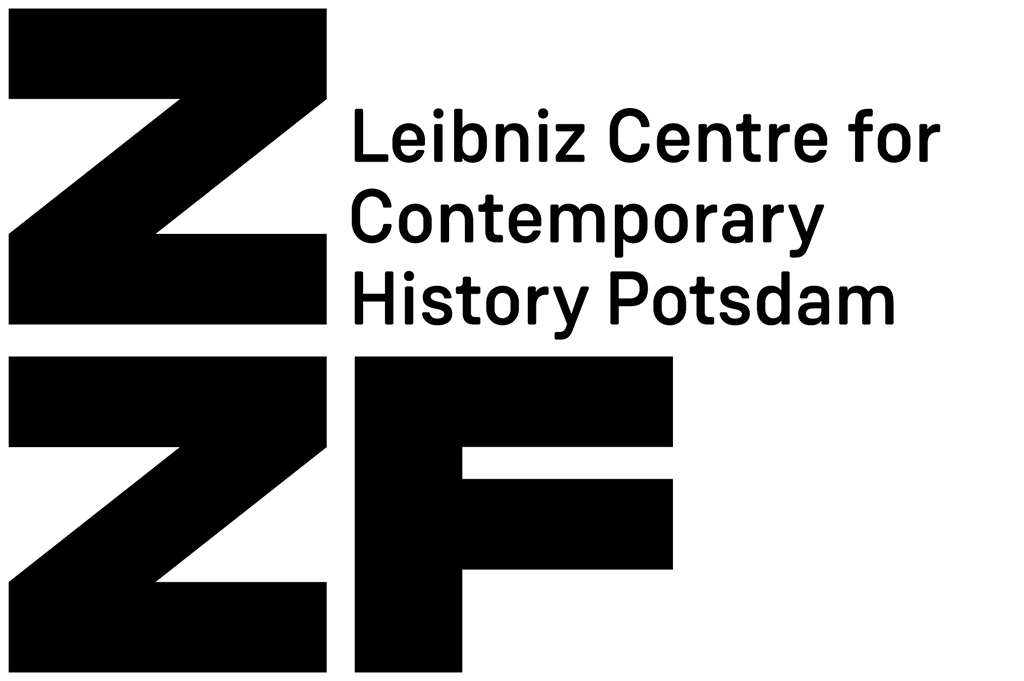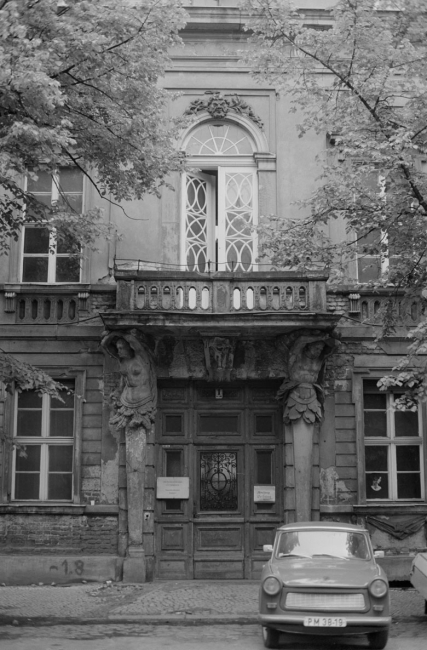Lehmannsche Haus at the corner of Am Neuen Markt 1 and Schwertfegerstraße 8 has been the Centre’s main building since December 2001. The New Market is the only part of Potsdam’s historic city centre that survived the Second World War largely unscathed. The building was spared demolition despite severe structural decay, which had reached dramatic proportions by 1989/90 because of insufficient resources during the GDR period.
During the 1990s, town houses and the carriage stable located on or near the New Market were restored, while the square itself was repaved. Today the New Market is the only square in Potsdam to have been completely preserved in the style of the eighteenth century, distinguishing it as an architectural and historical gem.
The house Am Neuen Markt 1 was constructed in 1753 on the initiative of King Frederick II. The original owner was the Krumbholz family. Although the architect is unknown, many believe that it was designed by Friedrich Wilhelm Diterichs (1702-1789). The history of the building soon took a turn that distinguished it from many of the other town houses Am Neuen Markt: King Frederick Wilhelm II (1744-1797) resided at Krumbholz Haus from 1764 until his ascension to the Hohenzollern throne in 1786. He also rented the neighbouring building, Schwerfegerstraße 8, which was built in 1765 by royal architect Heinrich Ludwig Manger, the so-called Lehmannsche Haus. On August 3, 1770, his son, later King Fredrick Wilhelm III, was born in the same house. A canopy on one of the exterior walls commemorates the first Prussian king of the Hohenzollern line to have been born in Potsdam: King Fredrick Wilhelm III ruled Prussia from 1797 to 1840. In 1946, the memorial plaque was torn from the wall of the building as part of a series of measures directed against “Prussian militarism.” On June 22, 1767, Wilhelm von Humboldt was born in the Lehmannsche Haus; his father, Alexander Georg Freiherr von Humboldt, was one of the Crown Princess’ chamberlains and lived there with his wife, Elisabeth Colomb, until 1769.
The Crown Prince’s concerts and balls drew large crowds and, for a time, New Market 1 was the centre of high society in Potsdam. Fredrick Wilhelm’s departure after ascending the throne led to new developments in the house’s history. From 1788 to 1806, the Royal Academy of Engineering offered training here to surveyors, custom builders, and hydraulic engineers, who worked on fortifications, artillery field surveys, and the drawing of siege plans. In 1833, the Prussian crown purchased the building to house the Royal Prussian Cabinet; since then, the building has been known as Cabinet House.
From 1905 to 1917, Kaiser Wilhelm II’s son, Crown Prince Wilhelm (1882-1951), lived in the building on Schwertfegerstraße 8. The structure was then used by the Prussian Land Registry until 1945; under the East German regime, the building served as a private residence, as well as a geodetic-cartographic survey office (this office belonged to the Ministry of the Interior). From 1999 to 2001, funds provided by a special program administered by the Federal Ministry of Economics and Technology made it possible to restore the dilapidated structure, which, at that time, stood in danger of collapsing.
Today the structure Am Neuen Markt 1/Schwertfegerstraße 8 houses, in addition to the ZZF, tourism offices for the state of Brandenburg and the city of Potsdam. Close to the Centre, and also on the New Market Square, are the Einstein Forum and the Moses Mendelssohn Centre for Jewish Studies. The Museum for the History of Brandenburg and Prussia is located since 2001 in the Carriage House, and the Film Museum Potsdam is just around the corner.

